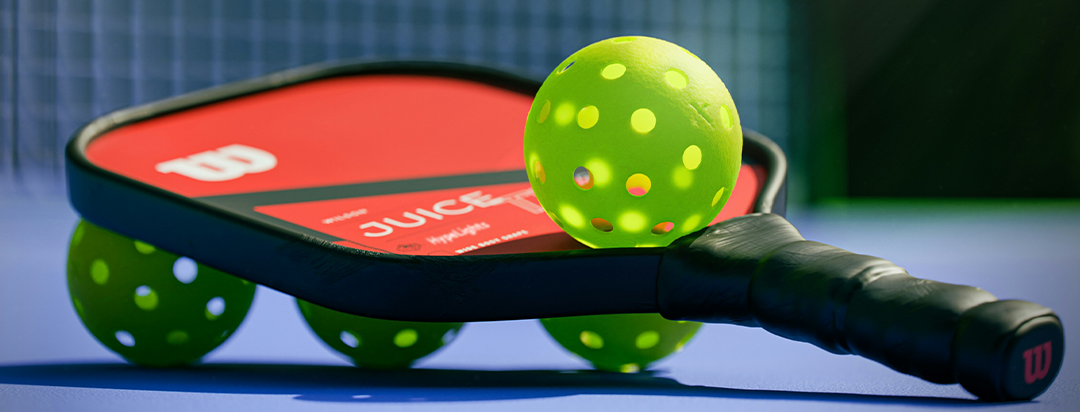

Lorem ipsum dolor sit amet, consectetur adipiscing elit ut liqua purus sit amet luctus venenatis, lectus magna.

Pickleball has taken over courts across the country, combining elements of tennis, badminton, and ping pong into a fast-paced, social game. But like any sport, it comes with its own set of rules—and violations. One of the most common questions new players ask is whether pickleball has “faults,” and what exactly they mean during a game.
Let’s break down what a fault is, how it affects play, and the key examples every player should know.
In pickleball, a fault is any action that stops play because a rule has been broken. When a fault occurs, the rally ends immediately. Depending on who committed the fault, either the serving team loses its serve or the receiving team loses the rally.
Faults are essential to maintaining fair play. They’re similar to fouls in basketball or penalties in football—mistakes that give the other side an advantage or possession. Knowing what counts as a fault helps players avoid unnecessary point losses and keeps rallies clean and competitive.
There are several ways a fault can occur in pickleball, and understanding them can make a major difference in your performance.
A serve fault happens when the serve itself doesn’t meet the legal requirements. This includes:
Serving faults are particularly costly because they immediately end your turn at serve.
Once the rally begins, there are several ways a fault can be committed:
Each of these ends the rally right away, awarding a point or side-out to the opponent depending on the situation.
Foot faults are among the easiest—and most frustrating—mistakes in pickleball. They occur when a player’s foot crosses the non-volley zone line during a volley. Even brushing the line is considered a fault, as it gives an unfair advantage near the net.
The kitchen is a seven-foot area on both sides of the net, designed to prevent players from dominating rallies with close-range smashes. You can enter the kitchen to hit a ball after it bounces, but not to volley (hit it in the air).
Stepping into the kitchen during a volley, or even touching the line with your toe while striking the ball, is an automatic fault. It’s one of the most watched rules in the sport—and one that often separates casual players from disciplined competitors.
A fault isn’t the same thing as a dead ball. A dead ball simply means the rally has ended—often because of a fault, but not always. For example, if a rally stops due to interference or an agreed replay, it’s considered a dead ball without penalizing either side.
Understanding the difference helps players know when to challenge a call or replay a point.
In pickleball, only the serving team can score points. That means a fault committed by the serving side results in a loss of serve rather than a point for the receiver. However, if the receiving team commits the fault, the serving side earns a point.
This scoring format makes discipline and consistency critical. Even a minor foot fault or careless swing can change the momentum of a close game.
Avoiding faults is about awareness and body control. Watch your footwork near the kitchen, follow proper serving technique, and stay mindful of the ball’s bounce. Experienced players often say that pickleball is a game of precision more than power—and minimizing faults proves it.
Yes, pickleball absolutely has faults—and understanding them is one of the keys to playing well. From serving violations to kitchen errors, these rules ensure every rally stays fair and competitive. Whether you’re playing casually or entering tournaments, learning to recognize and avoid faults will instantly improve your game and keep rallies alive longer.


Explore our collection of 200+ Premium Webflow Templates